John Hurrell – 29 July, 2020
Made for a collector's market, some artists specialise in netsuke production. Their valuable kimono sash accessories are rarely today seen on moving human bodies clothed in traditional Japanese garments; only in locked vitrines in private homes or public museums. Some collectors love things that are diminutive, be they handwriting samples, stunted trees, pets, books, artworks or toys. They adore miniatures, and so this show is for them in particular.
Titirangi
Assorted Japanese artisans and artists
Contemporary Wood-Carved Netsuke
Supported by The Japan Foundation
27 June - 2 August 2020
This splendid touring exhibition of 65 carved wooden netsuke—found downstairs in Te Uru’s education room—is about the sculptural, story-telling toggles popularised elsewhere by Edmund de Waal‘s book, The Hare with Amber Eyes, his discussion about a collection of 264, owned by his Jewish family and its convoluted migratory travels around the world in the forties and earlier. Those small and intricate Japanese carvings of people, animals or objects (designed to be suspended from a kimono sash as a way of holding pouches) were made over two hundred years ago from wood, ivory, or bone. They go back to the mid-Edo period (around 1700).
Contemporary Wood-Carved Netsuke is a collection from various Japanese institutions, and as the title says, the works are contemporary. That means post-1970. Most are made of boxwood, yew and other woods, and have been carved in the last five years. Each ornate (non-slip) toggle could fit in a matchbox; some even incorporate glass, amber, dry lacquer, metals, tortoiseshell, deer antler, coral or ebony. Occasionally some netsuke were hollow and had another separate carved component hidden inside.
In this show (organised by The Japan Foundation) there are some you can hold and touch, examine from all sides, and feel their weight and texture. Most are on cylindrical stands in transparent vitrines where there are magnifying glasses nearby. The 65 netsuke are organised into six sections: Introduction; Legends and Folklore; Imaginary Creatures and Deities; Plants with Wood as the Material; Animals; and The Human Figure. Plus there is a wonderful (beautifully designed) free pocket-sized book packed with information and images.
The collectors’ market is big so some artists specialise in netsuke production. Their valuable kimono sash accessories are rarely today seen on moving human bodies clothed in traditional pocketless Japanese garments; only in locked vitrines in private homes or public museums.
Some collectors love things that are diminutive, be they handwriting samples, stunted trees, pets, books, artworks or toys. They adore miniatures, and so this show is for them in particular. Yet even if you are not obsessive, the work is easy to admire for its precision, humour, grace, narrative accessibility, functionality, and adaptability of individual interpretative meaning. Its inventiveness has a universal appeal, often entertaining in fabular or folktale form, suggesting perhaps the presence of passed-on wisdom—seemingly created in an exuberant state of blissful playfulness.
John Hurrell
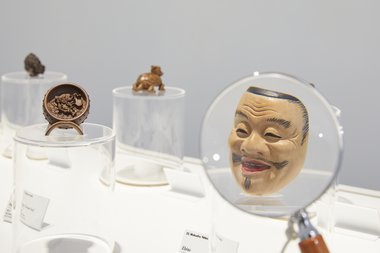
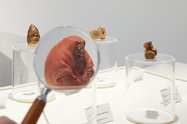
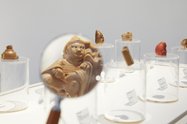
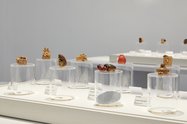
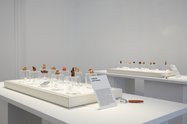
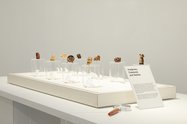
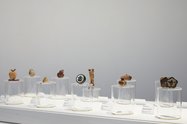
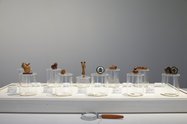
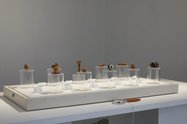
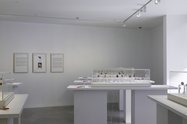


 Two Rooms presents a program of residencies and projects
Two Rooms presents a program of residencies and projects Advertising in this column
Advertising in this column



This Discussion has 0 comments.
Comment
Participate
Register to Participate.
Sign in
Sign in to an existing account.